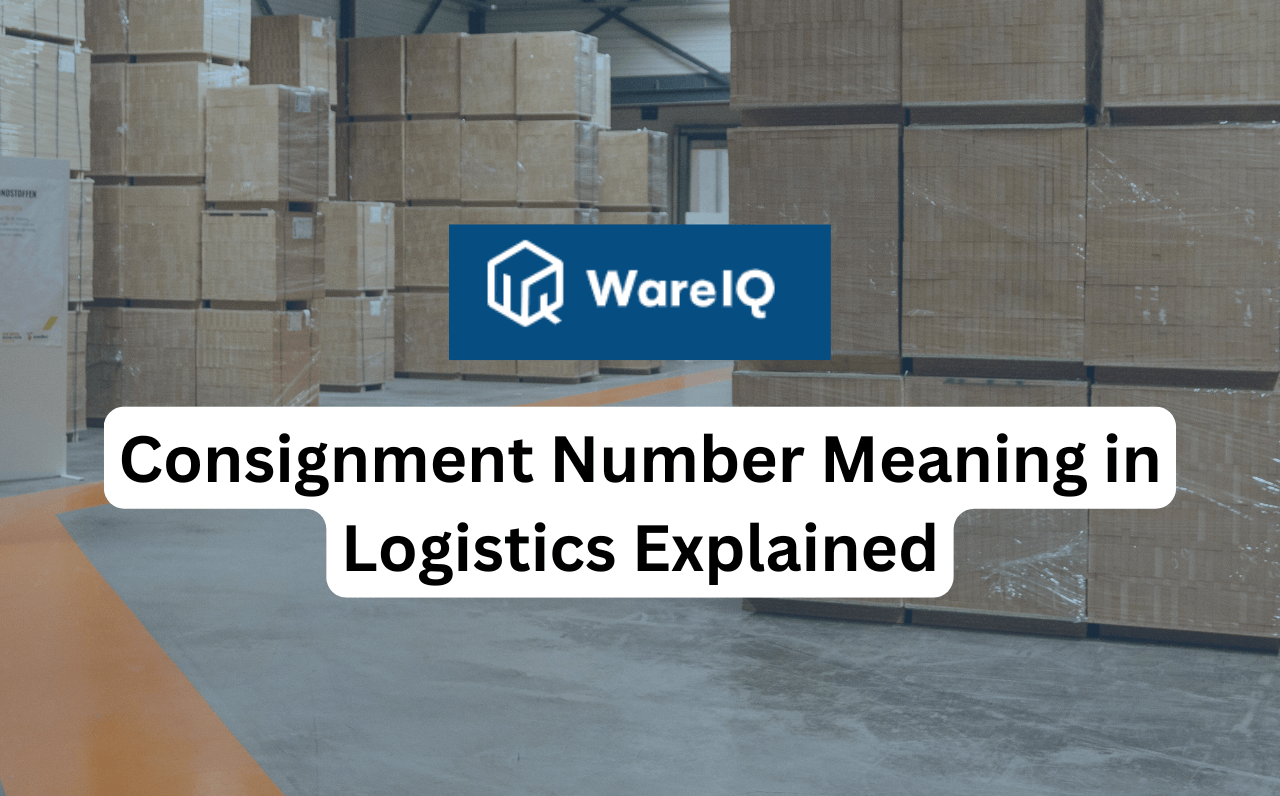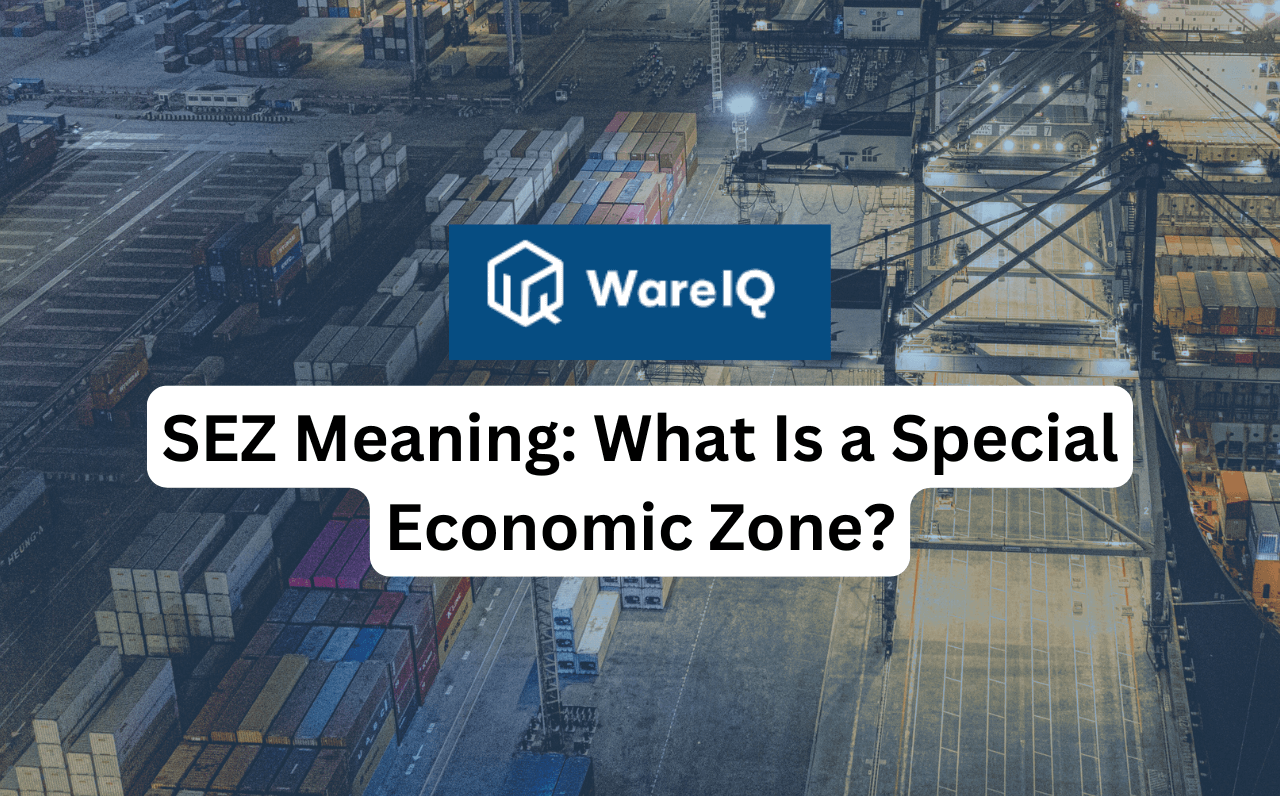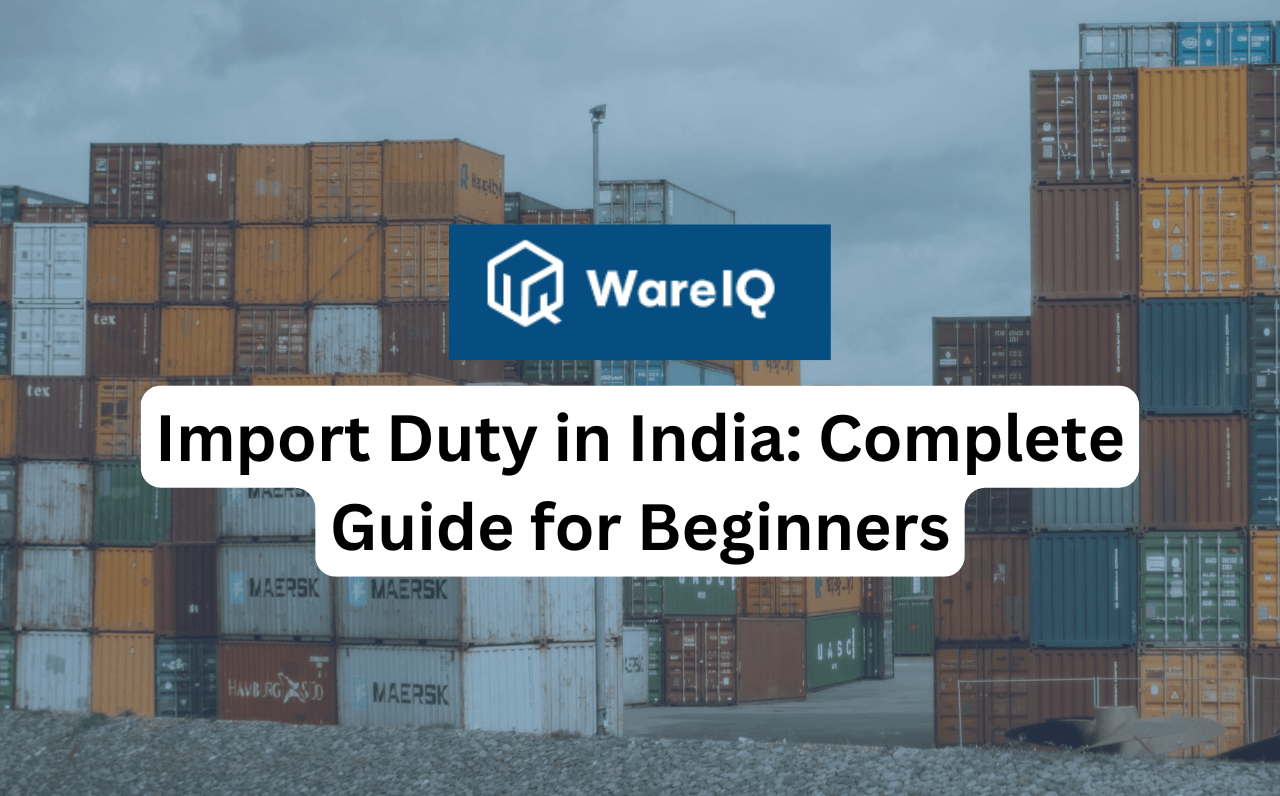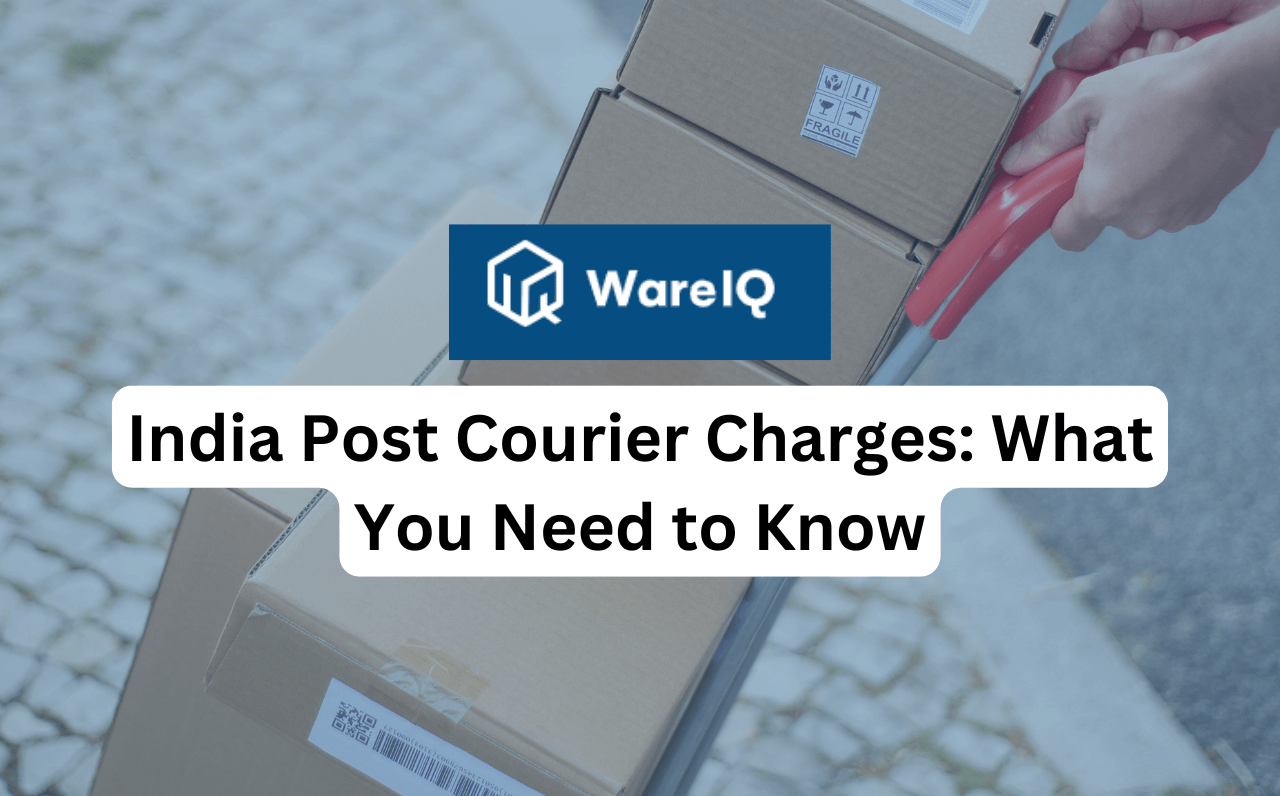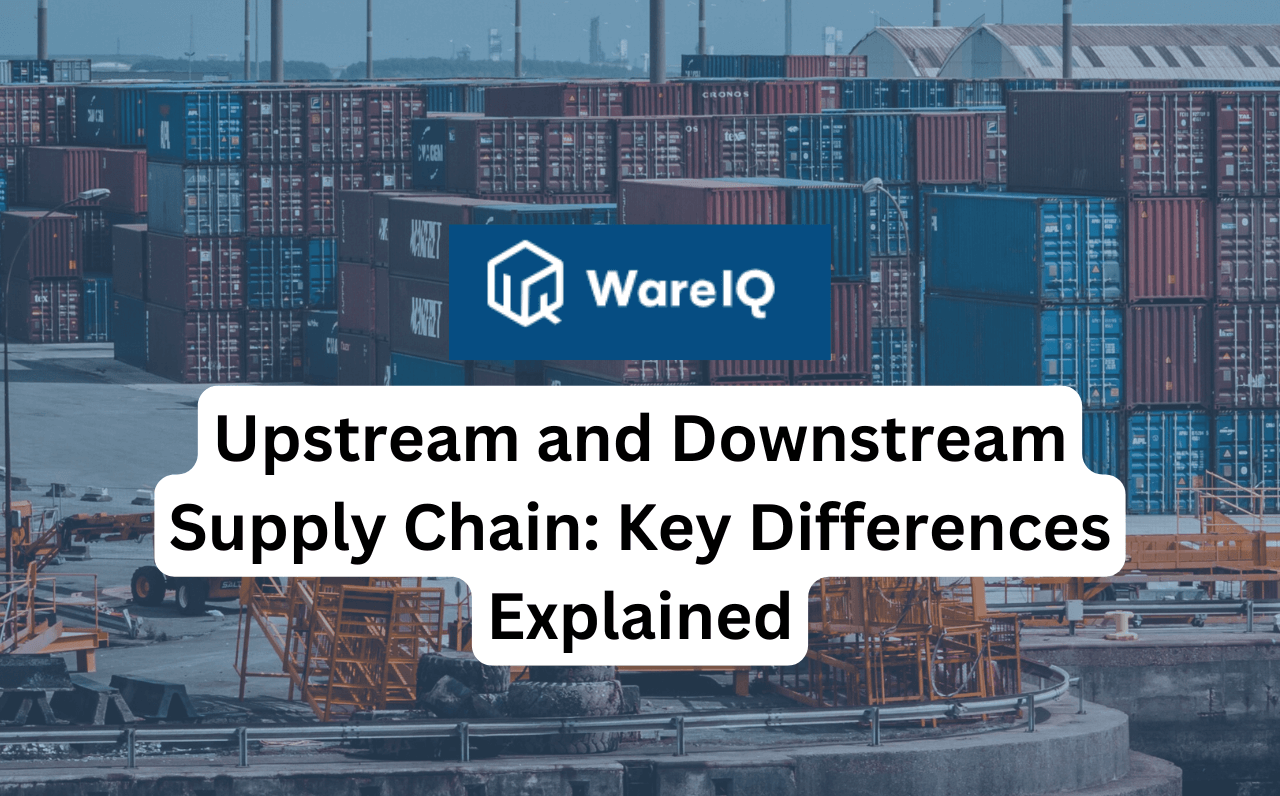
E-Commerce Payment System: How It Works in India
The number of daily online transactions varies widely. Globally, over 1 billion credit card transactions occur each day. On an individual level, the average consumer completes about two online transactions per day. The total value of the digital payments market is expected to reach US$24.07 trillion by 2025.In India, the adoption of digital payment solutions has grown rapidly, transforming how people shop online. This blog explores how e-commerce payment system work, the key players in India’s digital payment ecosystem, and the various types of payment systems available.National Payments Corporation of India (NPCI)The National Payments Corporation of India (NPCI) is the main organization managing retail payments and settlement systems in the country. It was created by the Reserve Bank of India (RBI) and the Indian Banks’ Association (IBA) under the Payment and Settlement Systems Act, 2007.NPCI operates as a not-for-profit company under Section 8 of the Companies Act, 2013. Its main focus is to support the banking system by providing reliable infrastructure for electronic payment and settlement systems. NPCI plays a key role in designing electronic payment systems that make transactions faster and safer.The initial promoter banks of NPCI included major names such as the State Bank of India, Punjab National Bank, Canara Bank, Bank of Baroda, Union Bank of India, Bank of India, ICICI Bank, HDFC Bank, Citibank N.A., and HSBC. In 2016, NPCI expanded its ownership to include 56 member banks from different sectors.Indian E-commerce Market OverviewIndia’s e-commerce market is among the fastest-growing in the world. It was valued at $46.2 billion in 2020 and is projected to reach $136.47 billion by 2026, growing at an annual rate of 18.29 percent. Market Segments (2020 vs. 2026)Online Retail: 44% (2020) → 49% (2026)Online Travel Services: 25% (2020) → 14% (2026)Online Financial Services: 10% (2020) → 12% (2026)Online Matrimony & Classifieds: 18% (2020) → 3% (2026)Other Online Services: 18% (2020) → 22% (2026)Customers in India increasingly prefer online shopping for categories like apparel, accessories, electronics, personal care, and household items. Around 25%–30% of consumers now choose online platforms over offline stores.According to ACI Worldwide, digital payments in India will make up 71.7% of all transactions by 2025, while cash and checks will drop to 28.3%.Consumers prefer using Google Pay, Visa, Mastercard, and Paytm for secure and quick transactions. As per Statista, India recorded 35 billion digital transactions worth over $769 billion in 2021. This figure is expected to cross 210 billion transactions by 2026.Types of Payment Systems in India According to Mordor Intelligence, the India Payment Gateway Market size is estimated at USD 2.07 billion in 2025, and is expected to reach USD 3.62 billion by 2030, at a CAGR of 11.89% during the forecast period (2025-2030). Credit CardCustomers enter their card number and expiry date on the seller’s website to complete the purchase. To ensure safety, online payments include a Card Verification Number (CVN). The CVN helps detect fraud by matching the number with the cardholder’s details.Debit CardDebit cards are the second most used payment method in India. They allow customers to spend only what is available in their bank accounts. Unlike credit cards, there are no bills or delayed payments. This electronic payment system is preferred by users who want to manage their spending within limits.Smart CardA smart card is a plastic card with a built-in microprocessor. It stores a customer’s personal and payment information. The card can be loaded with funds for online transactions and instant bill payments. The balance reduces with every use and can be reloaded from the bank account.E-WalletAn e-wallet is a prepaid digital account that stores multiple cards and bank account numbers securely. It removes the need to enter payment details for every transaction. Once registered, customers can pay quickly using their e-wallet profile. This electronic payment system in e-commerce offers speed and convenience.Net BankingNet banking allows customers to pay directly from their bank accounts. It does not require a physical card but needs registration with the bank. During checkout, users log in with their banking ID and PIN to authorize the payment.Mobile PaymentMobile payments are a newer form of e-payment system in e-commerce. Customers send a payment request through a mobile app or text message. The purchase amount is charged to their mobile account or linked card. To use this service, customers download software from their service provider and link their payment details.Amazon PayAmazon Pay is a secure and convenient option for online shopping. It uses stored information from the customer’s Amazon account to make payments on partner websites and apps. This saves time and keeps payment details safe.Major Payment Gateways in IndiaRazorpayRazorpay supports a broad set of payment methods: credit & debit cards, net banking, UPI, mobile wallets, EMIs, and PayLater options.Here are some of its notable features:Accepts domestic and international cards, UPI, net banking, and mobile wallets.A developer-friendly setup with APIs, plugins for popular platforms (WooCommerce, Shopify, Magento), and minimal onboarding.A powerful merchant dashboard offering real-time tracking of payments, settlements, refunds, and analytics.Security: PCI DSS Level 1 compliance, frequent audits, and a dedicated security team.Paytm Paytm gateway arm is part of the broader Paytm ecosystem. It provides merchants with access to a large consumer base and a familiar checkout experience in India. Some key points:Offers over 100 payment sources, including cards, net banking, UPI, and wallets.Instant activation and digital onboarding with minimal documentation.Transparent pricing: for example, UPI & RuPay debit at 0% MDR in some tiers, card/net-banking at ~1.75% + GST in the standard plan. Trusted checkout experience leveraged by millions of users in India.PayUPayU is another prominent gateway in India, especially for merchants who value scalability, reliability, and advanced analytics. Accepts cards, UPI, net banking, and digital wallets across one unified platform. Offers robust dashboard features: reports, transaction history, settlements, chargebacks, and analytics.High uptime during peak sales, good support for scaling e-commerce businesses.CCAvenueCCAvenue is one of the older gateways in India, offering wide global payment mode support and deep merchant features. Key features:Support for 200+ payment modes: credit & debit cards, EMI options, 58+ banks’ net banking, UPI, prepaid instruments, and multi-currency processing.Fast onboarding (digital KYC) and easy integration with shopping carts (Magento, WooCommerce, etc).Fraud & risk prevention engine (F.R.I.S.K) with velocity checks, blacklist control, and other sophisticated risk measures. MobiKwikMobiKwik is a popular digital payment platform in India. It has over 180 million users and more than 4.4 million merchant partners. MobiKwik offers an easy-to-use electronic payment system in e-commerce for a wide range of transactions:Scan any QR code or pay to any UPI ID.Instantly settle bills.Add funds using debit/credit cards, UPI, or wallet balance.Earn rewards and cashback on payments.MobiKwik provides quick loans up to ₹500,000 in just 2 minutes. Loans can be used anywhere in India, making it convenient for urgent financial needs.Users can invest in digital gold, mutual funds, or fixed deposits. MobiKwik offers up to 14% annual returns on certain investment options. The platform also helps track expenses, earnings, and investments in one place.WareIQ: Fulfillment and Shipping for E-CommerceWareIQ is a Y-Combinator-backed full-stack e-commerce platform offering multi-channel fulfillment across D2C, marketplaces, quick commerce, and B2B operations. It helps businesses streamline order fulfillment, manage inventory, and ensure smooth last-mile delivery.Pan-India Fulfillment NetworkOperates Seller Flex and FAssured centers in 12+ cities.Partners with couriers to cover 27,000+ pin codes for last-mile delivery.Ensures timely order dispatch and delivery for all sales channels.Multi-Channel IntegrationPlug-and-play integrations with marketplaces like Amazon, Flipkart, Myntra, and Nykaa.Compatible with D2C platforms: Shopify, Magento, WooCommerce.Supports WMS and ERP systems for fulfillment across distributors, flagship stores, and e-commerce channels.Provides analytics to track operational performance.Inventory Management with Inventory LogIQAI-powered multi-channel inventory planning.Reduces stockouts and automates replenishment.Improves efficiency across all sales channels.Returns ManagementTech-enabled QC system captures HD evidence of damaged or missing items.Central storage and auto-indexing prevent marketplace claim rejections.Quick Commerce FulfillmentRegional inventory placement to serve Blinkit, Zepto, Swiggy Instamart.Local fulfillment centers act as feeder warehouses.PO creation & management platform tracks orders in real-time via OMS/WMS/ERP.The trained operations team ensures accurate preparation and on-time dispatch.Integrated courier partners deliver orders as per appointment.Seller Support & EnablementDedicated account managers.Assistance with APOB/PPOB registration, GST registration, NDR & COD verification.End-to-end operational and technical support.FAQsWhat is the typical setup time for an e-commerce payment system in India?Most modern payment gateways allow businesses to go live within a few hours to a couple of days. Setup usually involves registering your business, verifying bank details, and integrating the gateway with your website or app.Are international transactions supported by Indian payment gateways?Yes, many gateways such as Razorpay, PayU, and CCAvenue allow international payments. They support multiple currencies and provide automatic currency conversion for global customers.How secure are digital payments for small e-commerce businesses?Digital payments are generally very secure. Gateways use encryption, two-factor authentication, and PCI DSS compliance. Even small businesses benefit from fraud detection and secure transaction processing.Can e-commerce platforms track payments in real-time?Yes, most payment gateways provide dashboards with real-time tracking. Merchants can monitor transactions, refunds, and settlements instantly, helping them manage cash flow and reconcile accounts efficiently.Do payment gateways charge extra for returns or refunds?Some gateways may charge a small fee for failed transactions or certain refund processes. However, most platforms have transparent pricing, and fees can often be negotiated based on transaction volume.
December 03, 2025
